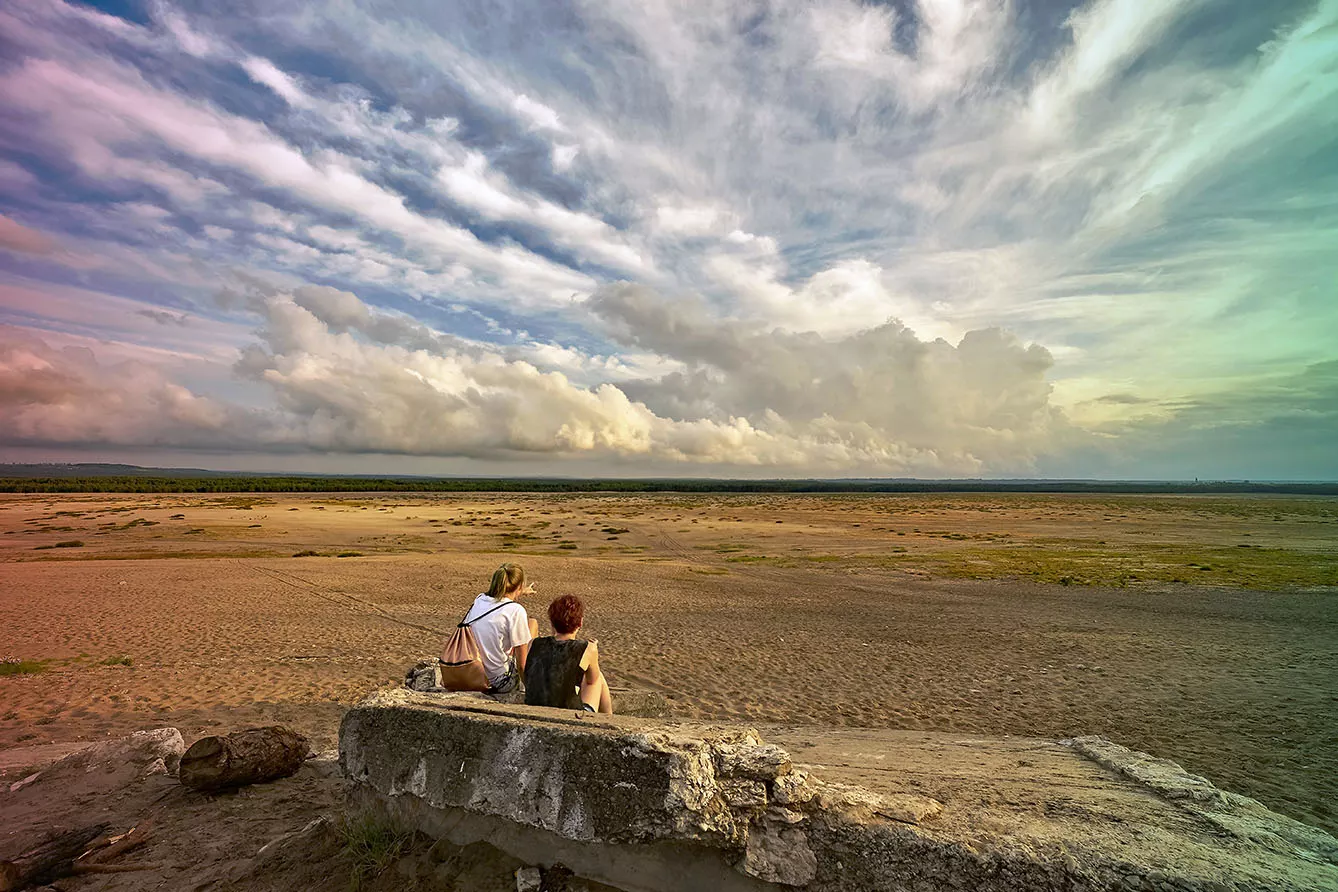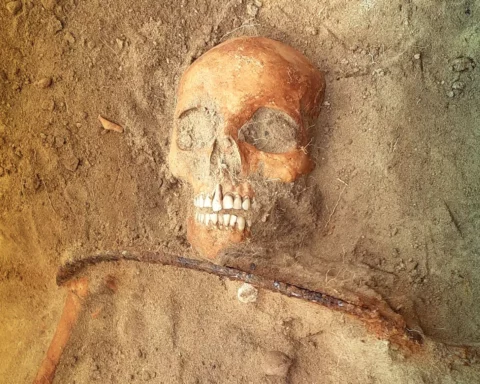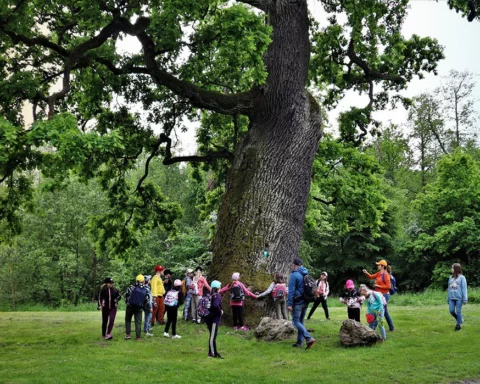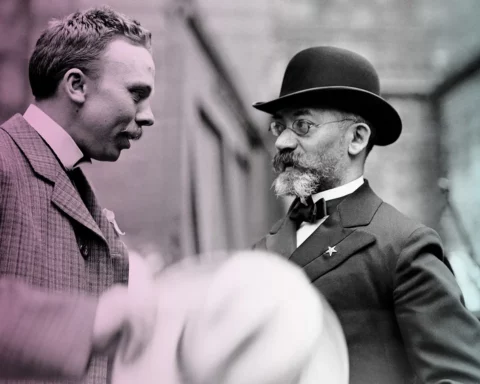Although not as vast as the deserts of Africa and Asia, Polish deserts are a phenomenon unique on the European scale. Sure, you would definitely have to bring your own camel if you were going for the Lawrence of Arabia experience, but still, spending a day in the desolate sands is worth every minute spent there.
A record-breaking 33 kilometers squared
Pustynia Błędowska is a naturally formed desert located in Lesser Poland, between Katowice and Kraków. There are two explanations for how it came into being – you are free to choose your favorite.
The first, more down-to-Earth one, explains that as a glacier was retreating and melting, the warm temperatures flushed out an awful lot of sand over the area. It later was overgrown with a forest.
Wait, what? It is a desert, right? Indeed, we are still talking about the same place. The forest kept the sand in place until people needed the wood to build shafts in local mines. Once the trees were gone, the sand was uncovered, and the desert came into being.
The other one, by far more entertaining, involves the devil’s intervention. Apparently, the noise from the nearby mines was so unnerving for the old deuce that he decided to put an end to it. He gathered an awful lot of sand in a sack and took off to bury the mines. But as he was on his way, the bag got caught on a church tower, causing the sand to spill and saving the mines.
And that’s how Poland ended up with the largest desert in Central Europe. The landscape here may not bring to mind the Sahara or Gobi, as vegetation is much more abundant by comparison. However, it will still take your breath away.
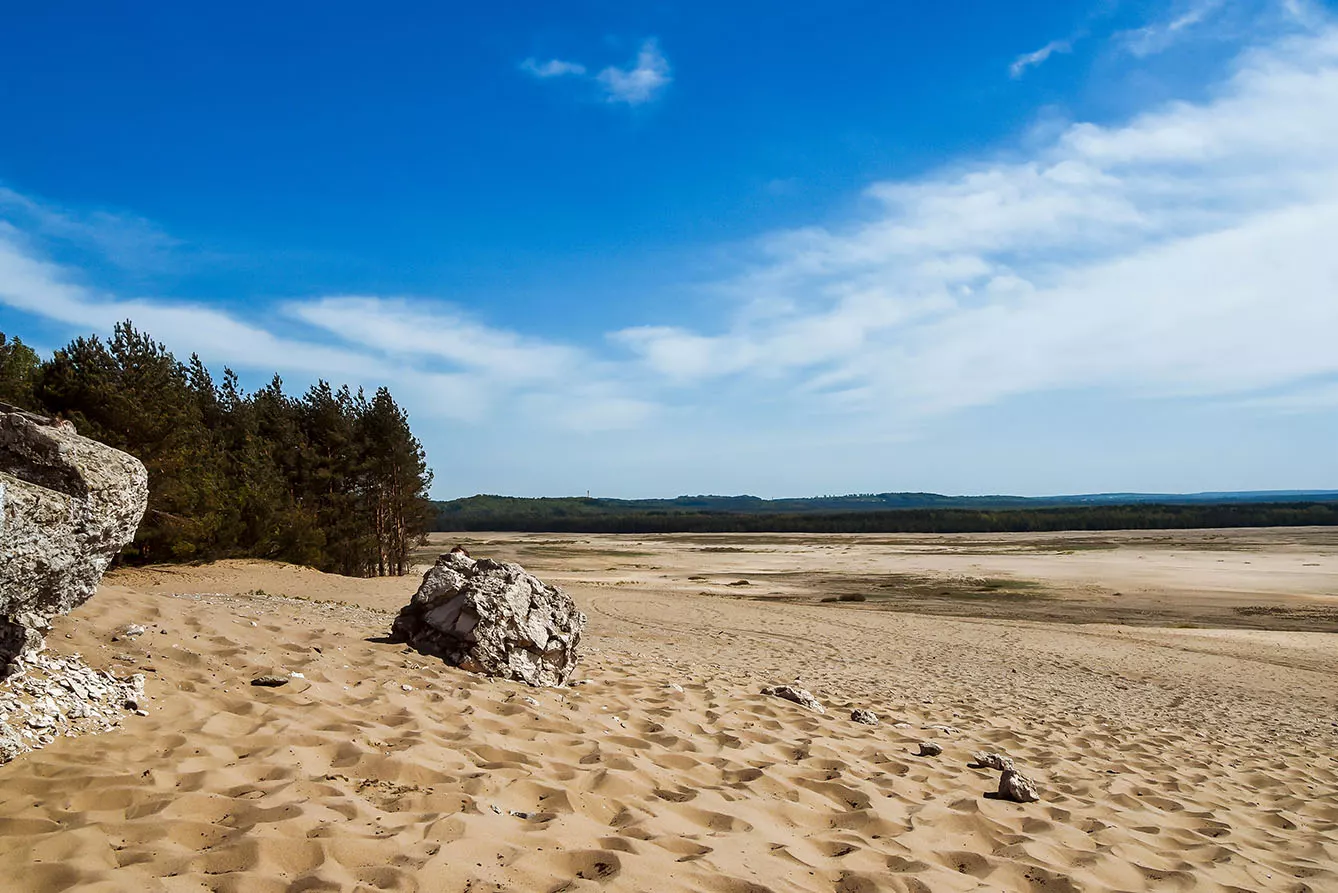
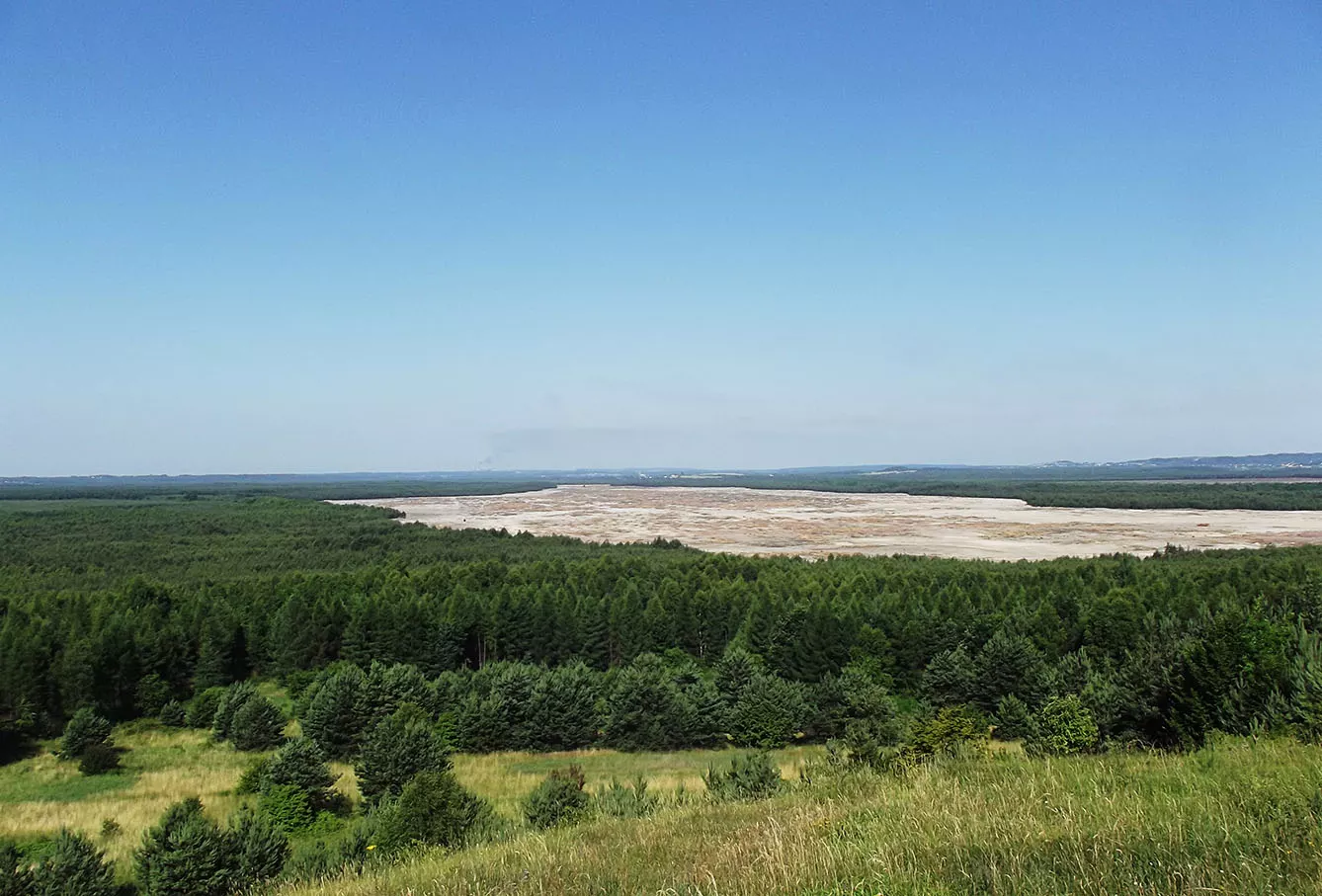
Not the only one desert in Poland
If you wanted to, you could go for a desert tour, as Poland offers four other areas that can be classified as deserts. Pustynia Siedlecka is just a little smaller than Błędowksa. Located in Jura Krakowsko-Częstochowska, it can amaze you with dunes up to 30 meters high and fool you with the full-blown mirage! And if you believe in such things, this desert is also said to have come into being with a little help from the devil. Though this time with a bit of help from Mr. Twardowski. Why the evil one takes so much pleasure in covering large areas with sand is beyond me, but that’s what the legend says!
The formation of the other three Polish deserts involves human intervention and lots of armor (the military loves desolate areas to check their explosive toys). Still, the reasons behind such an incredible landscape seem to take the back seat. The other three deserts are the desert of Bory Dolnośląskie, Kozłowska desert, and Starczynowska.
The sand in the hourglass is running low
The sad news is that all of the above locations seem to have an expiry date. The sand appears to be covering smaller areas, and stubborn vegetation seems set on reclaiming the deserts for itself. Examples? About a century ago, mirages in the Błędowska desert were a fairly common occurrence – these days, it just simply does not happen. The same recession process is even more true to the three deserts created by man. So, if you want to see something truly unique, you should not postpone the visit for much longer. The wind, the water, the vegetation, and the climate are all taking precious millimeters of the area as you read.


